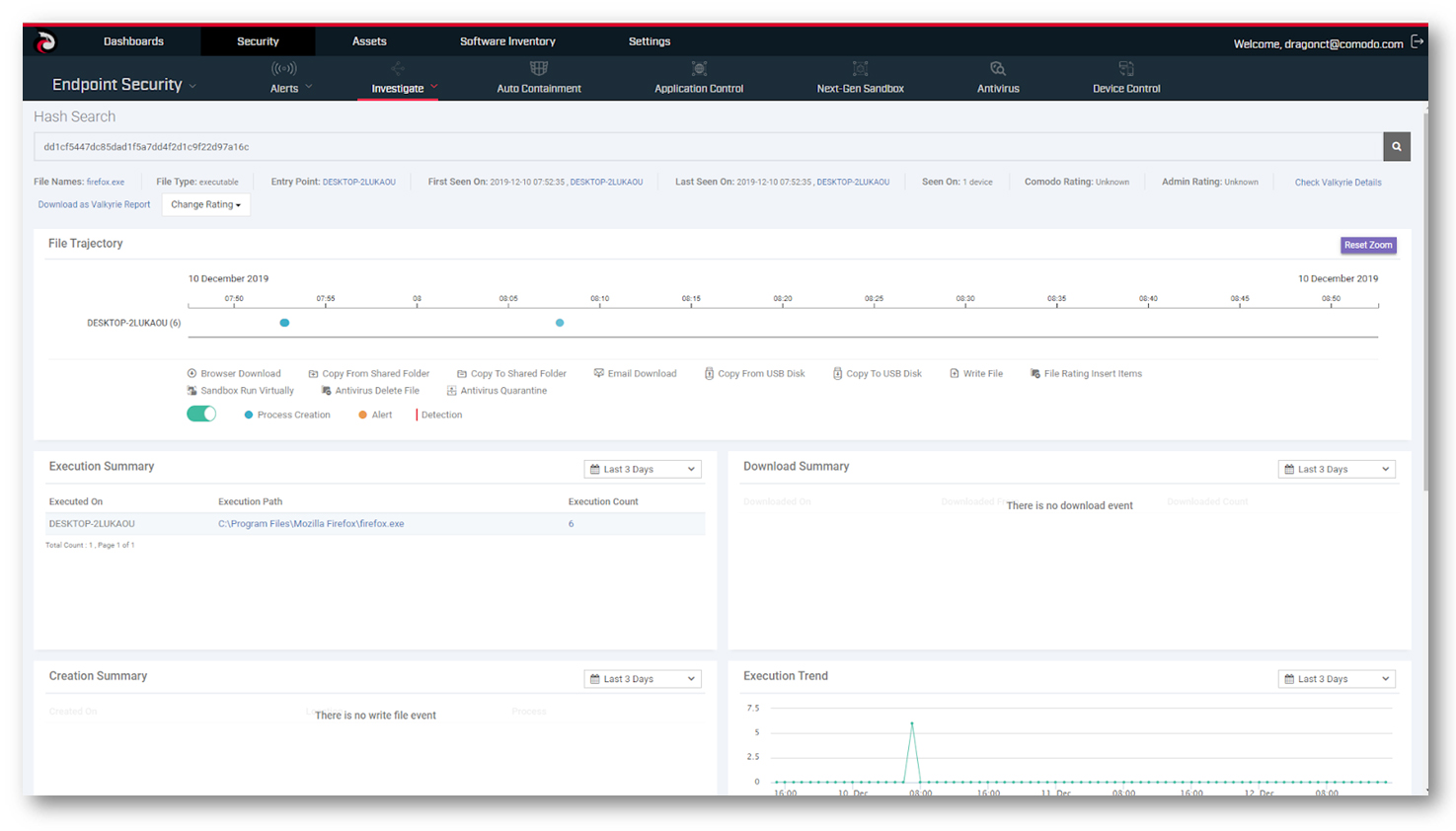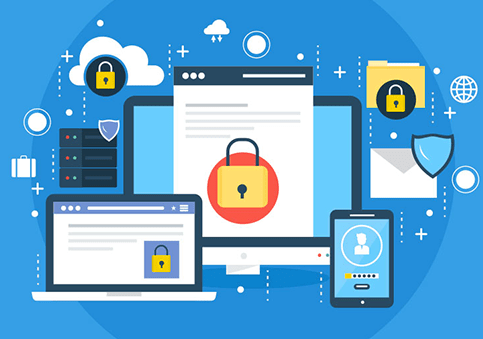


With nearly 1 million threats being created daily, traditional signature-based Antivirus can’t keep pace of latest threats, and by the time they do it’s too late. A unified and cloud-based management program simplifies operations and scales with the organization.A Next Generation Endpoint Protection is the modern way of detecting zero-day threats by using AI and Deep Learning to analyze executables and file-less threats prior execution, during execution, and the ability to rollback an attack’s actions. Unified and Cloud-Based Management: Configuration and management of security solutions takes away resources from protecting against real-world threats.A single, consolidated security platform is vital to maximizing security effectiveness. Consolidated Security and Threat Intelligence Architecture: Managing multiple solutions from multiple vendors is complex and degrades the effectiveness of the enterprise security team.Integrated remediation and recovery capabilities in an EDR solution are essential to achieving this. Post-Infection Remediation and Recovery: Not all attacks can be prevented, and a rapid and correct response is vital to minimizing the impact and cost of the incident.The use of AI and multi-layered inspection is essential to identifying and protecting against the latest fast-moving threats. AI-Driven Multi-Layered Security: Cyberattacks are growing more complex and sophisticated.An EDR solution should attempt to identify and block potential threats before they reach or achieve execution on the target system. A Prevention-First Approach: Preventing an attack is always less expensive and damaging than attempting to remediate it after the fact.To do so effectively, an EDR solution must be designed based upon these principles: Now, the endpoint is a critical component of an organization’s cybersecurity, but it is frequently overlooked or undervalued in corporate cybersecurity strategies.ĮDR is designed to provide comprehensive endpoint protection against cyber threats. With a remote workforce, these incident responders may need to rely upon untrained employees for critical response operations, potentially slowing or compromising the effectiveness of incident response.Īs a result of these and other factors, securing a remote workforce is more difficult than a traditional, on-premises one. Remote Incident Response: Traditionally, incident response teams have had the ability to respond in-person to security incidents if needed.With a remote workforce that often connects to cloud-based security solutions, perimeter-focused security either sacrifices network usability (due to inefficient routing) or security (if employees connect directly to the public Internet.

Imperfectly Placed Security: Traditional approaches to security place cybersecurity solutions at the perimeter of the on-premises network and route all traffic through these defenses.As a result, many employees are working from personal devices that lack corporate cybersecurity solutions and are likely non-compliant with corporate security policies. Use of Personal Devices: Many organizations were not prepared to support a mostly or wholly remote workforce.

Some examples of differences between securing employees working in the office and remotely include:


 0 kommentar(er)
0 kommentar(er)
